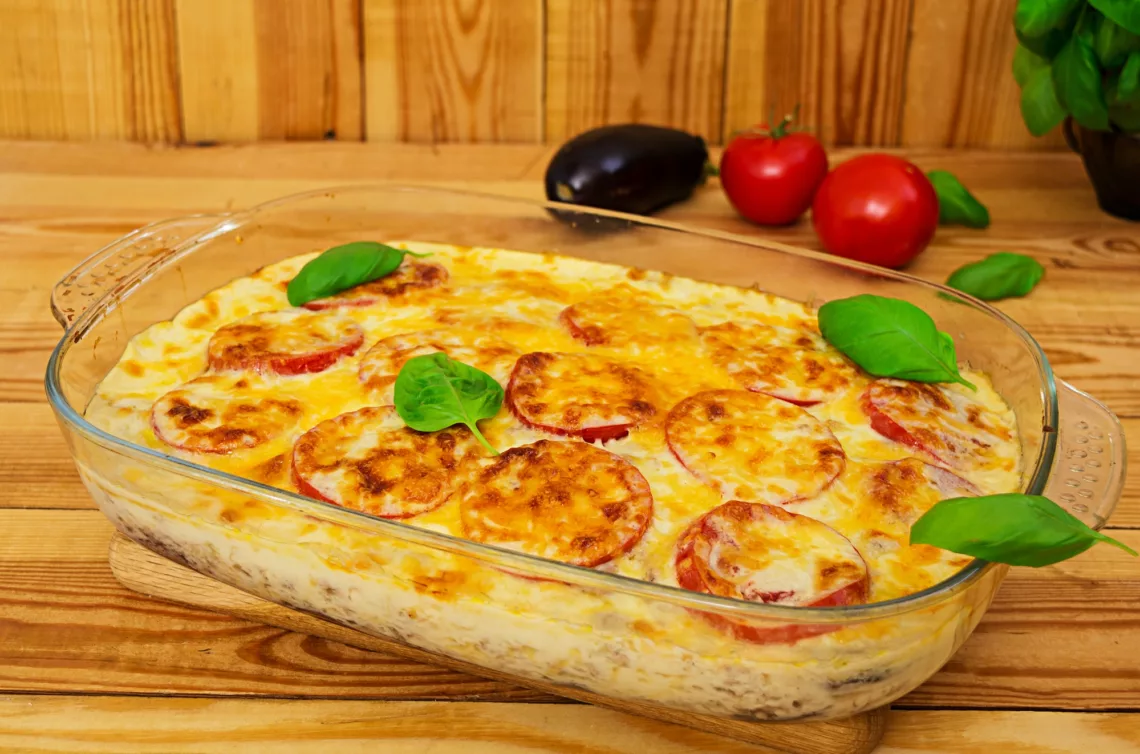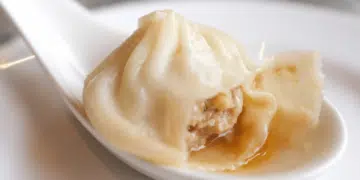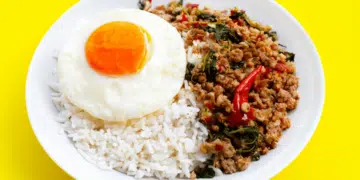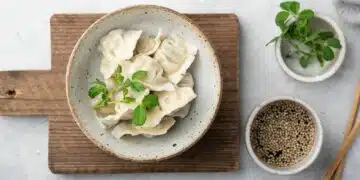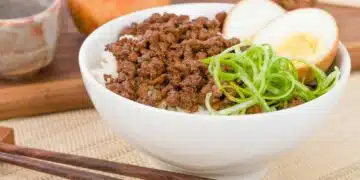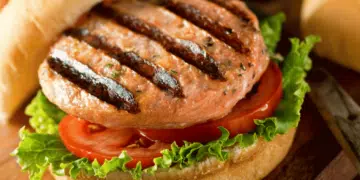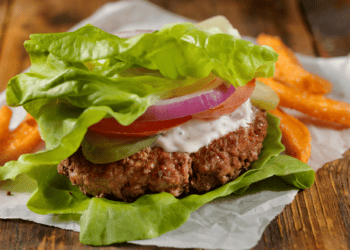The word Moussaka is pronounced with a lovely Greek lilt. Greek food has very strong Mediterranean influences and flavours. Unfortunately, I have only tasted the Greek salad (which I love, especially the goat’s cheese) and pork Moussaka. But, the elements are very similar to Lebanese food (which I’ve had a lot of).
I made pork Moussaka yesterday. The idea occurred to me last evening when I realized that I had these lovely plump, purple brinjals just sitting in my fridge. But, Ishaaq was least interested in any regular dish using the veggie. So, I’ll digress here a bit (please pardon). But, what is it with brinjals and people not liking them? Can anyone enlighten me? I love them. Their taste, colour, texture and the hundred ways of preparation make it so versatile!
Anyway, I racked my brains to figure out how to make the husband eat the veggies, and I instantly thought of Moussaka. But then, my friend’s mom gave me some ready-to-serve minced chicken (kheema) that added a new dimension to the dish. And, all I had to do was buy milk.
Now, pork Moussaka is a very simple casserole dish. And, the main elements can also be used to make a lasagne. There are three layers to the dish — the veggies, the meat-tomato sauce, and the bechamel sauce.
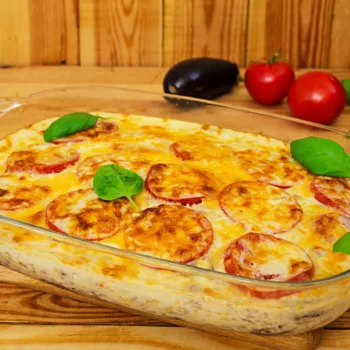
Creamy Greek Pork Moussaka
Ingredients
Bechamel Sauce Ingredients
 2 tablespoons butter
2 tablespoons butter 2 tablespoons all purpose flour (plain flour Australia and UK)
2 tablespoons all purpose flour (plain flour Australia and UK) 1 cup milk
1 cup milk ½ cup cheddar cheese - grated
½ cup cheddar cheese - grated 1 pinch salt
1 pinch salt 1 pinch ground black pepper
1 pinch ground black pepper
Meat Sauce Ingredients
 ½ kilogram ground pork (minced pork)
½ kilogram ground pork (minced pork)- 4 medium white onions - finely chopped
 8 cloves garlic - minced
8 cloves garlic - minced 3 medium tomatoes - ripe, finely chopped
3 medium tomatoes - ripe, finely chopped 2 teaspoons chili powder (chilli powder in British English)
2 teaspoons chili powder (chilli powder in British English) 1 tablespoon parsley - finely chopped
1 tablespoon parsley - finely chopped 1 tablespoon basil - finely chopped
1 tablespoon basil - finely chopped 1 tablespoon sage - finely chopped
1 tablespoon sage - finely chopped 1 teaspoon salt
1 teaspoon salt 1 teaspoon ground black pepper
1 teaspoon ground black pepper
Vegetable Ingredients
 1 large eggplant (brinjal, aubergine, or guinea squash) - sliced lengthwise
1 large eggplant (brinjal, aubergine, or guinea squash) - sliced lengthwise 3 medium potatoes - sliced thin
3 medium potatoes - sliced thin
Instructions
Bechamel Sauce Instructions
- Add butter in a thick bottomed pan. And, immediately add the flour (the trick here is to burn off the floury taste, so don’t let the butter brown). Whisk well to prevent any lumps.
- Then, add the milk little by a little while also whisking the mixture to ensure that no lumps are formed. Do this till the sauce is reduced to a, well, saucy consistency.
- Add salt and pepper to taste. And then, add the grated cheese and let it melt into the mix.
- Once the sauce is done, you can add one whole egg and mix vigorously until well incorporated. Doing this when the sauce is hot ensures that the egg gets cooked well with the sauce. This entire process helps the top layer of white sauce hold itself together and not seep into the rest of the mixtures.
Meat Sauce Instructions
- Preheat the oven to 200 degrees Celsius. Put around 2 to 3 tablespoons of oil in a saucepan or wok. Fry the garlic and onions till translucent, add the powders and fry well.
- Then, add the chopped tomatoes (if you’re using tomato paste, then add that before the fresh tomatoes to fry off the extra tanginess).
- Saute this till oil leaves the sides of the wok. Add the pork and cook until cooked.
- Finally, add the kheema and the Italian herbs and salt as per taste. Keep aside.
Vegetable Instructions
- In the case of the brinjal, to get rid of the bitter, ‘iron’y taste, add salt to the slices at the very beginning. This will release the juices of the brinjal. Before using, press the pieces to remove as much water content as possible with a muslin cloth.
- After this, put some oil in a nonstick pan and fry the brinjal and potato slices till golden brown and add a little salt to the batches of fried veggies. You can also use a griddle pan for a charred taste and marks.
- To assemble, in a greased oven-proof dish, place half the brinjal and potatoes as the base layer. On top of this, put the red sauce. Layer that again with the veggies and then the red sauce. Once it’s all done, pour the white sauce right at the top and add grated cheese.
- Pop this into the oven at 180 degrees Celsius for around 20 minutes until the cheese bubbles and then becomes a lovely golden-brown crust. Serve with garlic bread or any other bread of your choice.
